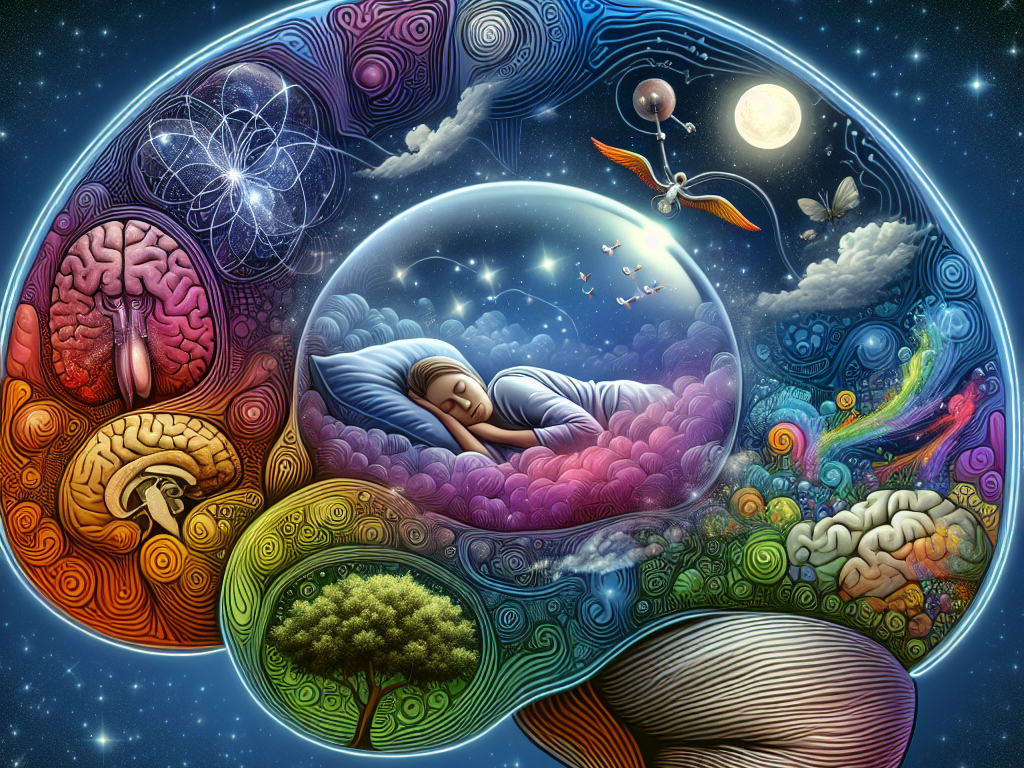
The concept of Lucid Dreaming dates back thousands of years. It has been a vital part of the ancient Egyptian culture and found its way into the lives of ancient Greeks and Romans.
Over the centuries, the significance of dreams, especially Lucid Dreams, has been slowly fading out from people's daily lives worldwide. The scientific method also left little room for studying dreams in scientific circles, as it's not easy to conduct research on them.
However, much like many other subjects, Lucid Dreams are again finding prevalence in our culture, cultivated by today's modern tools, allowing scientists to study the human mind in a way they were never able to before.
It's hard to pin down what the future holds exactly for Lucid Dreamers. However, it should not stop us from speculating – and that's what we're here for today.
Brain stimulation
As you may already know, dreams, including lucid ones, usually occur in the REM stage of sleep. That's why it's crucial to have a decent schedule and sleep at least 6, preferably 7,5-8 hours every night. As you go through the sleep cycles, each lasting approximately 90 minutes, REM sleep periods tend to become longer with every additional cycle. That's why you have most of your dreams early in the morning, minutes to waking up.
As scientists continue to study and understand the human brain, the future looks bright with regard to Lucid Dreaming. Soon, it might be possible to induce Lucid Dreams directly by stimulating the brain and "forcing" it into the REM sleep state. It would be a breakthrough enjoyed by every dreamer struggling with achieving Lucid Dreams naturally.
External devices and AI
Over the last decades, we've seen an explosion in technological development, and it's not slowing down any time soon. According to Elon Musk, we are already androids. Even though only a handful of people are directly linked with devices via microchips and whatnot, smartphones, smartwatches, and similar gadgets are already integral parts of our personality and being.
As we progress forward in time, various devices will eventually emerge (or are already emerging), which will help with Lucid Dream induction immensely. Some will monitor our brain activity and signal to indicate you're in the REM stage; others will help perform Reality Checks. And let's not forget artificial intelligence – who knows what it may reveal about the nature of dreams themselves?
Dream recording
According to Daniel Oldis:
"Dream visualization using functional magnetic resonance imaging (fMRI) and transcribed sub-vocal speech using EMG have established early successes."
In other words, attempts at recording and replaying a dream are no longer a distant ambition. The software used to map brain activity is becoming more advanced by the day. It's entirely possible, and even probable, that in the nearest future, recording your Lucid Dreams will be just as easy as videotaping a film.
There's no denying that the surge of interest in the Lucid Dreaming both by researchers and enthusiasts will pave the way for an exciting future. Until then, keep training. Good luck, Dreamer!


.png)

